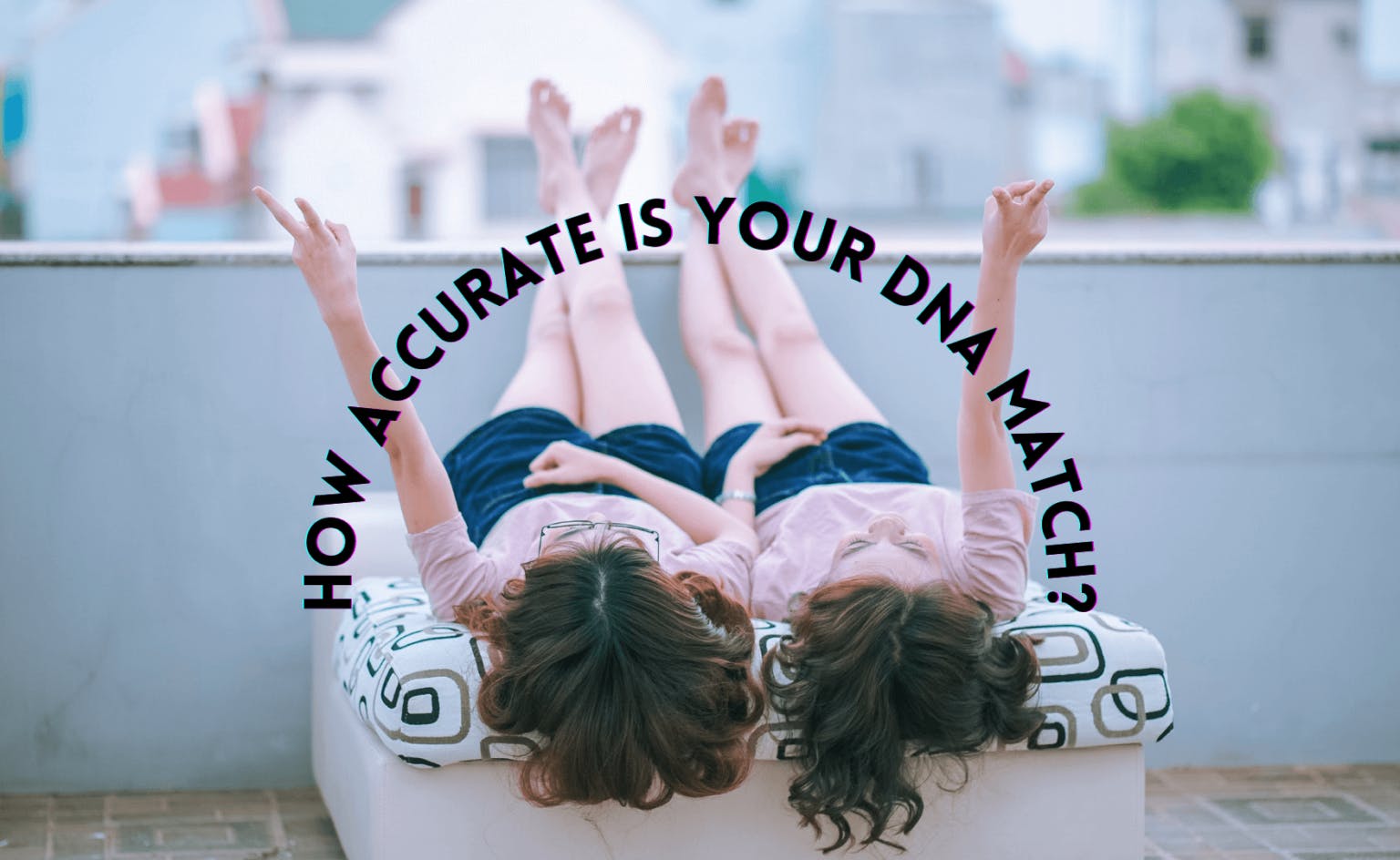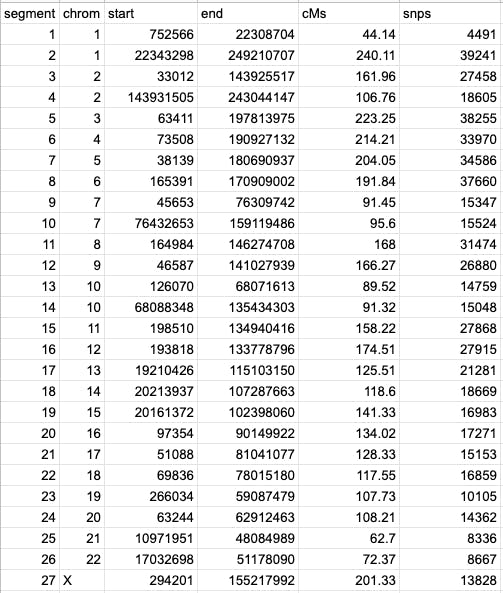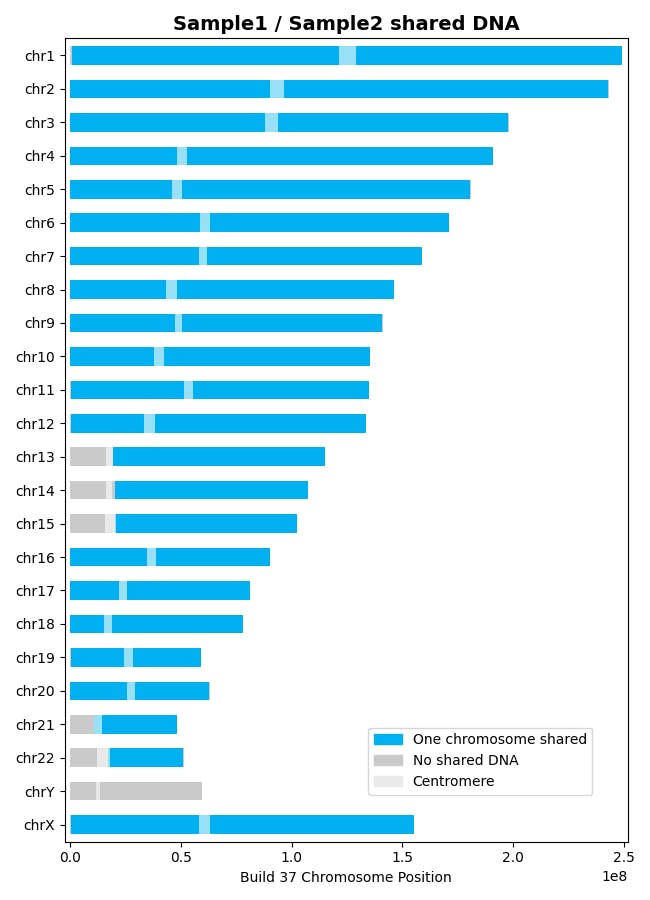
Samantha sat at her computer, staring at the screen. She had always known that she was adopted, but she never felt like she truly belonged. She longed to know her biological family, to understand where she came from and who she was.
She had always been told that her birth parents were unknown, but she never gave up hope. She searched online for information, contacted adoption agencies, and even tried to find her birth parents through social media, but she always hit a dead end.
Then she heard about DNA testing for genealogy. She decided to try it, even though she was not sure what to expect. She ordered a DNA testing kit, collected her saliva sample, and sent it to the laboratory.
The DNA testing process involved extracting the DNA from Samantha's saliva sample and analyzing specific regions of the DNA known as markers. These markers are specific sequences of DNA that are inherited from an individual's parents and are unique to each person. The markers were used to create a DNA profile, which is a unique pattern of DNA markers that could be compared to other DNA profiles to determine if they were from the same individual or related individuals.
A few weeks later, Samantha received an email from the laboratory with the results of her DNA test. She was excited and nervous as she opened the email and read the report.
To her surprise, the report showed that she had a number of genetic matches with other individuals who had also taken the DNA test. Some of these matches were distant relatives, such as second or third cousins, but others were closer relatives, such as half-siblings or even a parent.
How accurate is DNA matching?
DNA matching is a powerful tool for discovering your biological relatives and learning more about your ancestry. By comparing your DNA to others in a proprietary or free database, you can gain insight into how closely you are related to your parents, siblings, and distant cousins. The process, called ancestral DNA matching, involves identifying shared DNA and measuring the genetic distance between you and your potential match in terms of centimorgans (cM). The higher the cM, the stronger the connection.
Almost every person who has sent their DNA sample for testing has questions around the accuracy of DNA matches reported by the genealogy companies. And why not? Getting to know your DNA testing results for the purposes of genetic genealogy is an important aspect in finding the right match to expand your family tree.
The accuracy of DNA matching depends on several factors. For example, the more markers (SNPs or genetic variations) that are used to compare DNA samples, the more accurate the match is likely to be. Additionally, using phased DNA from your family tree can improve the accuracy of your DNA match. This is because it allows you to assign specific portions of your DNA to your maternal or paternal side, which can help you better identify distant relatives on those lines.
How does ancestral DNA matching work?
Once you get your uninterpreted DNA test results from the DNA testing services (23andMe, AncestryDNA, MyHeritage DNA, Family Tree DNA ) you can upload, interpret, and get DNA match lists from other external third party websites like DNA Land and Gedmatch (more about them below).
DNA matching involves comparing your DNA to every other person using a proprietary database. The match results will give you an outline of how closely you are related to your biological relatives such as parents, siblings and distant cousins. Every individual inherits a portion (~50%) of their parent’s DNA, which is inherited a generation earlier from their parents and the chain continues. The chain is connected with by a common ancestor.
When your DNA is compared to another person, chances are that you share traces of DNA originating from this common ancestor. This is called ‘shared DNA’. There are several probabilities and statistical tests to ensure that your DNA match is indeed accurate. The shared DNA is measured in terms of genetic distance measured in centimorgans (cM). The higher this measure the more the match.
How does phasing impact accuracy of DNA analysis and matching?
Phasing is a technique that allows you to assign proportions of your DNA to your parental DNA by matching alleles (the As, Cs, Ts, and Gs). Phasing becomes extremely important in DNA matching because It helps in identifying what portion of your DNA matches with your maternal or paternal side. It enhances the accuracy rate when finding distant relatives such as cousin from your maternal or paternal side. If you are able to provide phased DNA (trio analysis), then you can also determine whether the DNA matches such as cousins come from your maternal or paternal side.

For example, if you have a DNA match with a cousin on your maternal side, but you are not sure if they come from your mother's mother's side or your mother's father's side, you can use phasing to determine which part of your DNA matches with their DNA. If the match is on the part of your DNA that comes from your mother's mother, then you know that your cousin comes from that side of the family.
Overall, phasing can improve the accuracy of DNA analysis and matching by providing more detailed and specific information about your DNA and its relationships to others. This can help you better understand your ancestry and connect with distant relatives who share your DNA.
What parameters from your DNA profile are taken into consideration?
DNA markers (aka SNPs or Genetic markers) are genetic variations in alleles at specific locations in your chromosomes. These polymorphisms are used to measure the genetic distance. Different services adopt different methods to caclulate DNA matches. Broadly, the below parameters are used to find a potential match.
- Rs # – An rs id or a SNP id is a unique number used by Autosomal DNA testing services and other DNA databases to refer to specific SNPs. rs id stands for Reference SNP cluster-ID.
- Chromosome – A chromosome is a single long chain thread-like structure that carries information in the form of genes.
- Position – It signifies the variant position on the chromosome.
- Genotype – A genotype is an individual’s allele information.


Are your DNA match results accurate?
The table below shows how AncestryDNA computes accuracy when matching DNA relatives. Depending on which company performed your DNA test, the parameters would change marginally. Most of these are just small variations as different companies set different thresholds. You can find more information on the thresholds used by different companies on ISOGG wiki.
| No | Approximate shared DNA in centimorgans | Confidence score | Likelihood of a single recent common ancestor |
|---|---|---|---|
| 1 | More than 60 cMs | Virtually 100% | Extremely high |
| 2 | 45-60 cMs | About 99% | Very high |
| 3 | 30-45 cMs | About 95% | High |
| 4 | 16-30 cMs | About 50% | Good |
| 5 | 6-16 cMs | 15-50% | Moderate |
How to improve your DNA profile relationships?
If you are one of those folks who has found >100,000 fourth cousins, I am sure you are in a state of confusion. If you want to know if these are accurate, then please refer to this handy guide on what a fourth cousin is? Do remember that your chances of find an accurate match drastically improves if you:
- use phased DNA from your family tree.
- expand your DNA network by connecting with your matches and sharing your family history.
- monitor your network and if possible map these relationships on a family tree.
- come across DNA matches, ask them if they happen to have a family tree.
- use different parameters like Surnames for instance to see which DNA profile matches are on your paternal or maternal side of your family.
Samantha was overjoyed as she had finally found her biological family. She reached out to her genetic matches and started building relationships with them. She learned about her family history, her ancestors, and her medical history. She even met some of her relatives in person.
Through DNA matching, Samantha was able to connect with her biological family and gain a sense of belonging that she had never felt before. She was grateful for the technology that made it possible, and she was excited to learn more about her family and herself.





